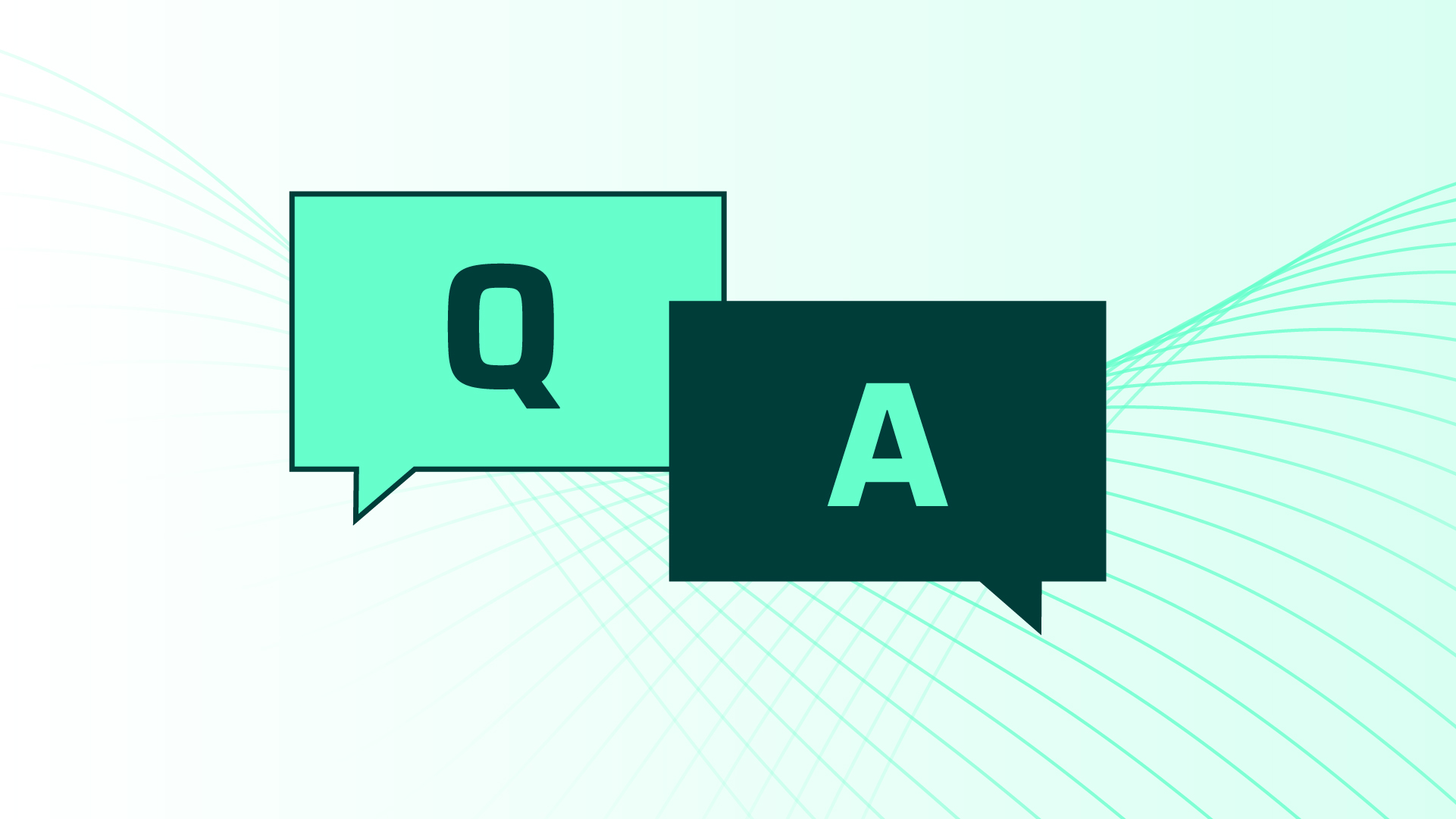5 Frequently Asked Questions About ESG Websites
by Leigh Anne Bishop

ESG websites are becoming a mainstay format for publishing reports. That’s because with an ESG website, you control your ESG story.
Here are 5 questions we get asked most about ESG websites.
- What is an ESG website?
- What’s the difference between an online PDF report and an ESG website?
- Do I need to get IT involved or know code to publish an ESG website?
- How secure are ESG websites?
- How long does it take to publish an ESG website?
What is an ESG website?
An ESG website is a powerful way for companies to communicate their ESG strategy with investors and stakeholders. Because it’s specifically geared to ESG materiality, a website is an effective way to promote transparency, dialogue, and build relationships.
Instead of forcing people to navigate through a PDF on their phones or desktops, ESG websites provide the best user experience for stakeholders. You can present content in an engaging, interactive, and often more scannable, readable way.
They are easy to navigate and are accessible on both desktop and mobile. They also open up a variety of possibilities for interactive content including data visualization, digital video, and graphics that reinforce a company’s ESG story through case studies and testimonials.
ESG websites also expand the geographical impact of a report. Companies with an international presence can engage with stakeholders around the world by making their reports available in hundreds of languages on an ESG website. And since ESG websites are crawlable, they can be indexed by search engines. This results in more opportunities for visibility and makes it easier for ratings agencies and consolidators to find data.
That means happier investors and stakeholders. It’s a new, more effective way to authentically tell your ESG story.
What’s the difference between an online PDF report and an ESG website?
Traditional PDFs were intended for distributing documents that users would print. They weren’t created for online consumption. As a result, there are major usability problems with PDFs. There’s no navigation and no clear way to search the documents (some may be unfamiliar with the Command + F search function).
By not conforming to WCAG guidelines, PDFs can make content inaccessible to certain audiences, including those with disabilities like blindness and impaired vision, deafness and hearing loss, learning disabilities, cognitive limitations, limited movement, speech disabilities, or photosensitivity. Many companies want to be as WCAG conformant as possible. A PDF report is a strike against that initiative.
Plus, PDFs are not responsive and will display the same way on desktop and mobile devices. That means tiny type, limited data visualization, and limited interactive content. That can mean missed opportunities to impress investors or stakeholders.
On top of all that, PDF reports are static. Once published, they are not easily editable. So it can be difficult to update data and add pages. The process can be as convoluted as changing the original document, saving the new document, and reuploading the new document to the web.
On the flipside, ESG websites are evergreen (editable at any time), dynamic (data can update in real-time), flexible (can have unlimited pages), and environmentally-friendly. ESG Artisan is WYSIWYG, which means you know exactly how a page will look as you make edits to it.
You can't do all of that with a PDF report.
Do I need to get IT involved or know code to publish an ESG website?
To publish a custom ESG website, you may need to rely on your IT department or partner with outside developers to launch your report. Plus, if you want to make edits in real time, you’ll have to coordinate with those teams to publish updates.
But there’s no middle-man with Artisan. Once published, you control the reports and can quickly make edits or corrections without involving outside designers, developers, or printers.
We built Artisan for non techies. You don’t have to touch any code, so anyone can use it. So you have all the tools to allow you to easily update your disclosures or publish responses with one click. It’s that easy.
How secure are ESG websites?
Done right, ESG websites are extremely secure. You can implement security measures to limit access and ensure there are no backdoors or other system vulnerabilities. With Artisan, certain pages or entire reports can be gated and shared privately with specific stakeholders, shareholders, or board members.
You’re in control of who can see and access your report.
How long does it take to publish an ESG website?
Step one in any publishing process is gathering data and developing an ESG strategy. Once you’ve established your objective, selected a reporting framework, gathered your data and written your report, you can begin the report design process.
Artisan can publish your report in a fraction of the time it would take from scratch. With Artisan, you have access to ready-made templates and charts that allow you to quickly bring your data to life. When speed is key, you can use your existing data and publish with just one click.
Level-up your reporting with one tool.
ESG Artisan is designed to help you get your ESG website online in a fraction of the time it would take from scratch. Your ESG data will go even further when shared on an ESG website, helping you control your ESG story and reach your business goals.

